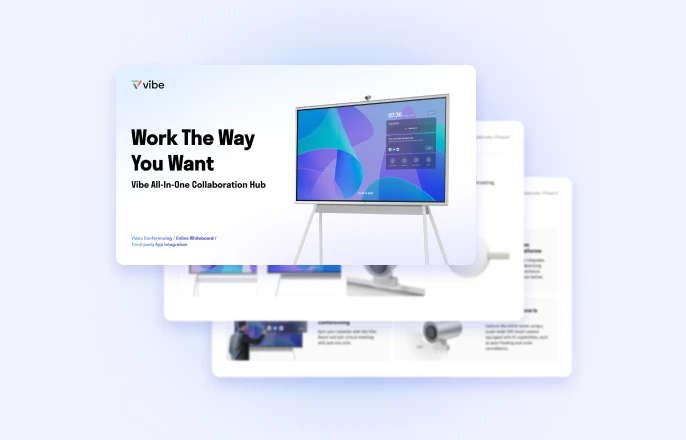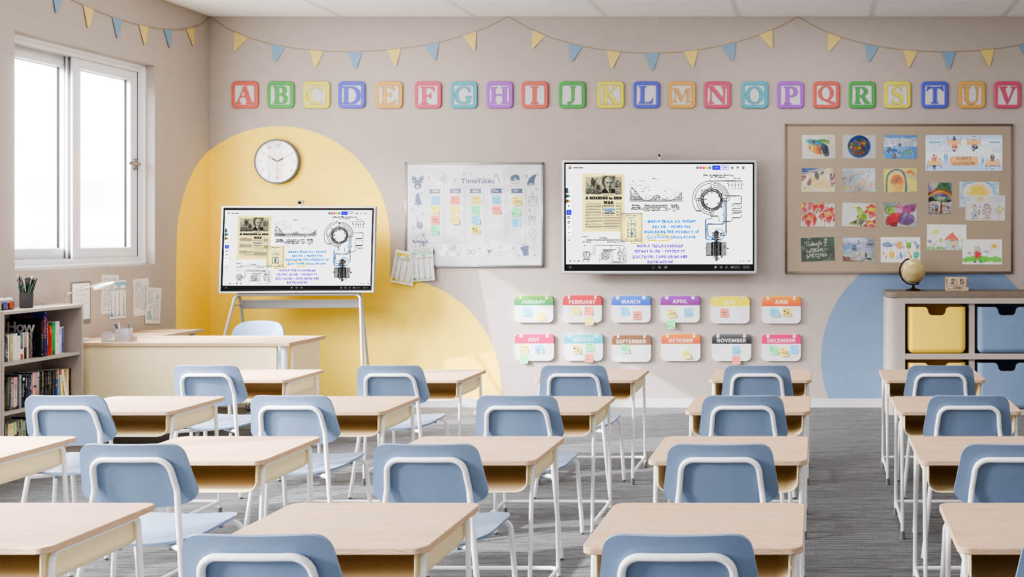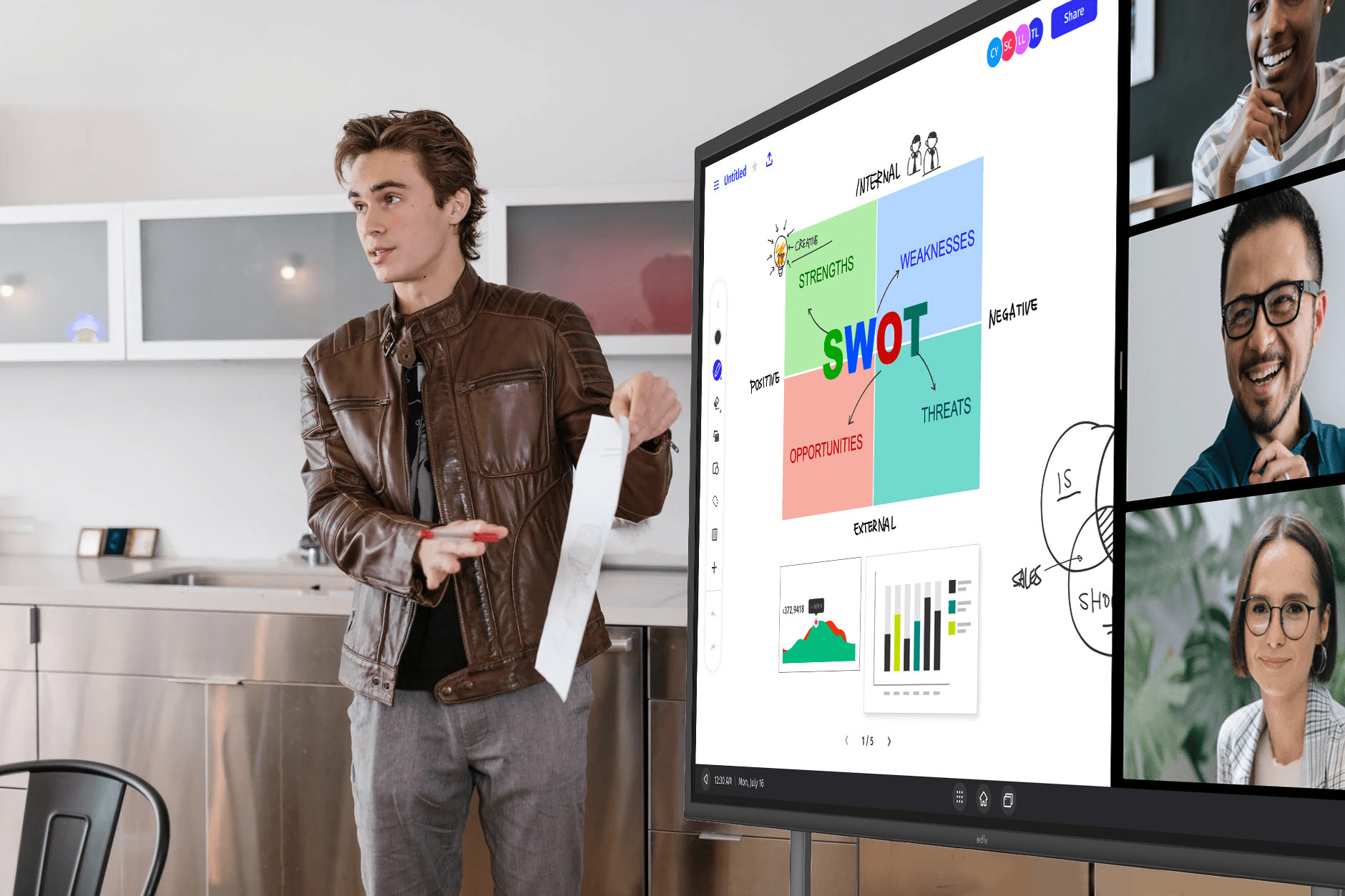Vibe has always been about helping people come together. The ways in which people have been able to come together have shifted drastically within the past couple of years, leading many teams to turn to new technology solutions to help ease the transition.
But in reality, this has been the case for many teams for quite some time now. As businesses across the globe have become more global, creating teams across countries and continents, many of us have felt the strain of asynchronous communication, and the occasionally impersonal nature of remote collaboration. I’ve certainly experienced this in my own work, and this is something the Vibe team was very familiar with as we started building our own global team.
We first started Vibe with four main goals:
-
Unlock creative potential by offering an unlimited workspace
-
Create the experience of face-to-face communication from anywhere
-
Intuitively react to the needs of teams
-
Integrate the tools we use the most, including Dropbox, Slack, Zoom, Google Suite, GoToMeeting, and more
Over the past couple of years, we’ve been able to meet these goals based on the challenges of the day. Our Vibe Boards and Vibe Canvas software have helped our own teams and thousands of teams around the world to unlock creative potential, create new opportunities for collaboration and communication, and do so all while fitting seamlessly into existing workflows.
Now, the way we work is shifting again. After a couple years with most teams spending their time working from home, 63% of high-revenue growth companies are now using a hybrid work model. It’s again time for Vibe to intuitively react to the needs of teams, and create a tool that will help hybrid teams connect with one another, whether they are working in the office, at home, or on the go.
How We See the Future of Work
After spending so much time working from home, many employees around the world are showing some reluctance to return to the office, and we can see why. The flexibility of time spent at home––no commute, increased comfort, more time with family––all make remote work an attractive option.
However, even if productivity doesn’t dip during remote work, which many organizations have noticed over the past couple of years, there is still something to be said for face-to-face communication, and executives are taking note of that.
If the goal of the C-suite is to entice employees back into the office, even for just a few days per week, there needs to be a good reason for doing so, as well as changes to the office layout that will enable their employees to work more effectively with any at-home colleagues.
The Workspace Shift
The workspace has experienced several shifts over time aimed at keeping up with modern working habits, and today is no different.
Noisy typewriters and telephones in the mid 20th century led to a preference for private offices and soft-walled cubicles that would drown out the noise. More division between employees created areas perfect for heads-down productivity.
The turn of the century brought with it a turn towards open-floor office spaces, complete with standing desks, bean bag chairs, ping pong tables, and all of the other stereotypically "Googley" perks of the modern workspace. This open floor plan allowed colleagues to spend more time collaborating with one another, and have more social interactions throughout the day.
Formal meeting spaces, however, have remained largely unchanged. The mounted TV, long table with chairs, conference room phone system, and traditional whiteboard for in-person meeting attendees are still standard across most offices.
Now as teams are coming back to the office in a hybrid capacity, this traditional setup isn’t going to work anymore, and requires an update.
The Modern Huddle Space
The huddle space of the future needs to be able to incorporate in-office employees, as well as their remote counterparts in the mix. Meetings will no longer take place with every attendee physically in the room. The whiteboard on the back wall is no longer useful, the conference room phone system could use serious improvement, and the TV mounted on the wall doesn’t allow for direct collaboration with the remote team members.
This is why we’ve created the Vibe S1 huddle room system, an all-in-one collaboration solution that creates the feeling of face-to-face communication for all meeting attendees, and cultivates a great Vibe in the office.
The Vibe S1 system includes four main components, which you can explore in more detail in our blog, Introducing the Vibe Board S1, An All-in-One Huddle Room Solution.
Here’s a quick overview of the four Vibe S1 components:
-
The Vibe Board S1, complete with a 4K screen, i5 processor, and the ability to annotate, screencast, split-screen, and more. The S1 is your team’s ultimate collaboration tool.
-
The SmartCam C1, Vibe’s new AI-enabled camera, complete with noise cancellation and visual auto-enhancement to make everyone look and sound their best.
-
Vibe’s updated infinite Canvas whiteboard software is your key to collaboration. Share your Canvas with your team and access it on any device, be it your tablet, phone, or, of course, your Vibe Board.
-
Sign in to your Vibe, send Canvases around to your team, and control your Board volume and screen brightness from anywhere in the room with the Vibe One smartphone app.
Vibe Continues to Grow and React
As the future of the way we work is in constant flux, one of the most important things we can do at Vibe is to provide the tools to meet the needs of the day. We believe the Vibe S1 system is poised perfectly to help you and your teams collaborate more effectively no matter where you may be.
We’ve certainly already seen an improvement ourselves at Vibe, with our teams having more effective meetings, stronger connections between teammates, and clearer communication.
We’d love for you to try Vibe out as well, and feel the difference that the Vibe S1 system can make.
Check out Vibe in action in this demo and come Vibe with us.








-1sbltxxq4FYxHrXrwJVLsCDNsXpqNa.webp)
-5Zp0pmSytvcuYDVs1LvuwplKuRneK0.webp)
